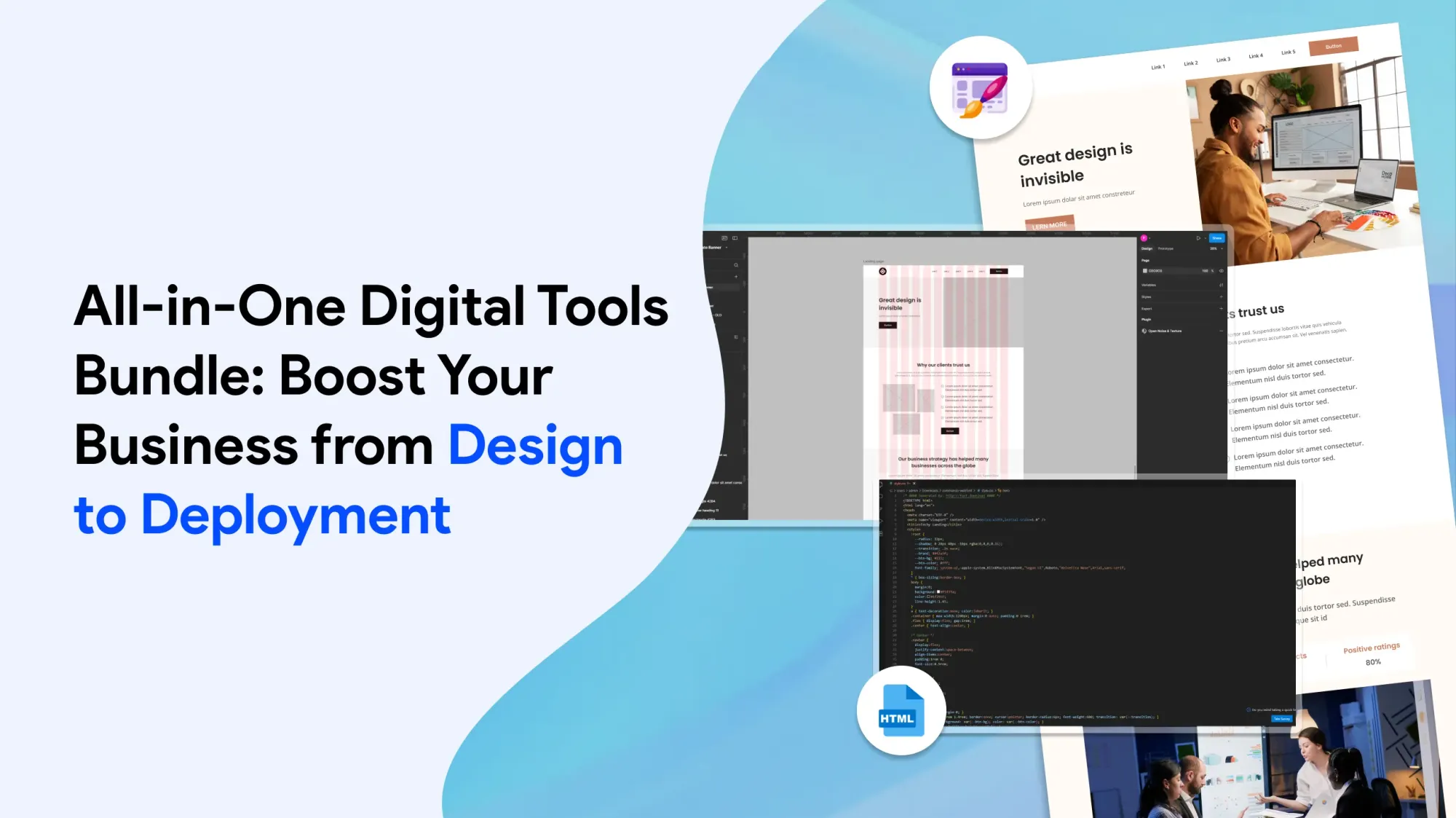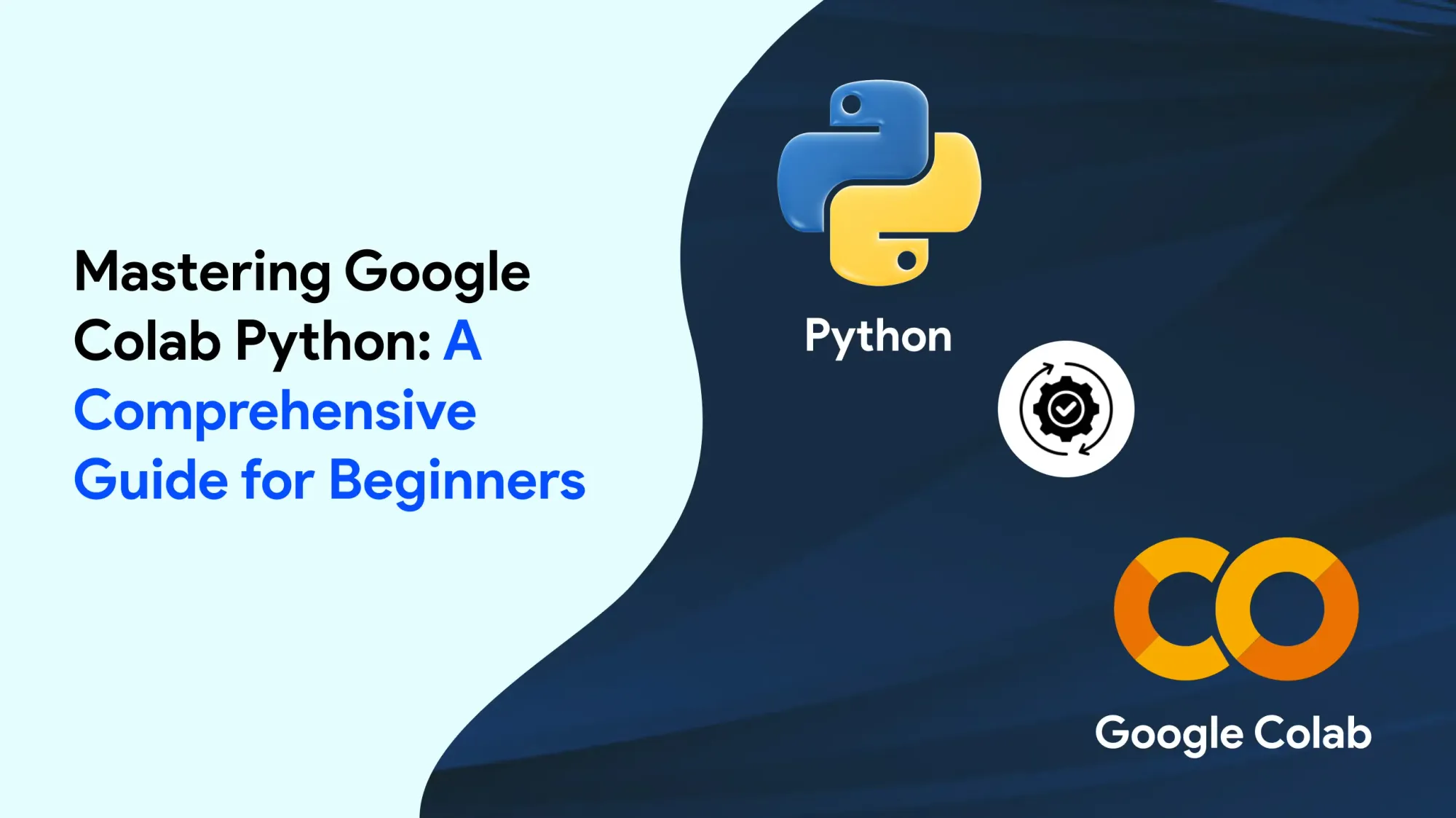TYPO3 CMS is an unfastened, open-supply content material management system constructed with PHP and usually uses MySQL or MariaDB databases. In concept, you could also use PostgreSQL and SQLServer.
TYPO3 is much like other CMS systems along with WordPress, Drupal, Joomla, and Craft CMS. It is specifically famous in Europe, mainly in German-speaking nations in which it has the largest user base.
In this article, I will explain how TYPO3 CMS works and guide you on a way to select TYPO3 templates for your website.
To manipulate your website content material with TYPO3, you need to log in to the executive vicinity by including / TYPO3 on your website URL and getting into your username and password.
Once logged in, the TYPO3 backend gives plenty of gear to help you manage your website. You can create new pages, upload extensions, and plenty extra.
The backend is organized into fundamental sections along with Web, Site Management, Admin Tools, and System Information, every supplying one-of-a-kind functions.
When you begin growing pages, the backend interface is split into distinct sections, showing you a navigation panel, a content material vicinity, and a document header.
TYPO3 uses a combination of Extbase and Fluid for its backend modules, making templates fluid-based totally. The class "TYPO3\CMS\Backend\View\BackendTemplateView" provides common features for all backend modules.
Bootstrap Package
The Bootstrap bundle brings a total set-up frontend subject for TYPO3, onstructed at the Bootstrap CSS framework. It's designed to be notably customizable, so you can trade the whole lot with TypoScript constants.
Basic settings are clean to use, providing clear options, especially for styling and appearance.










